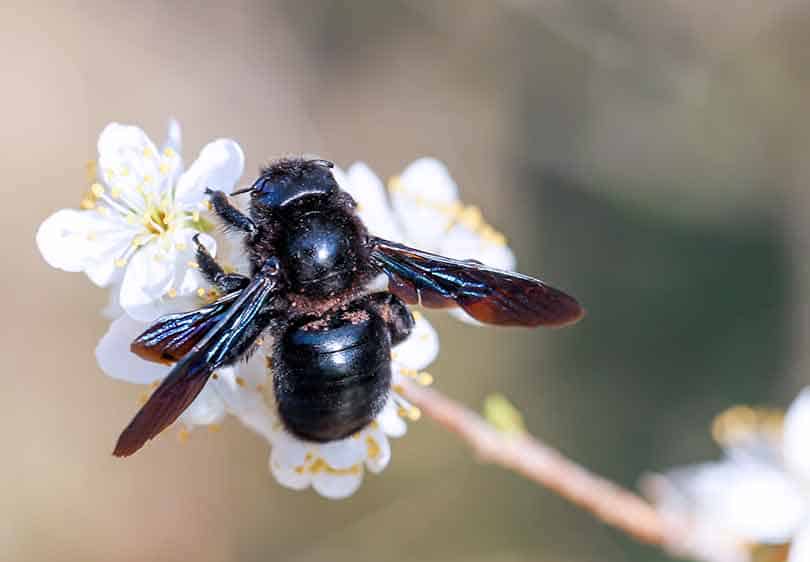Expert Advice for Vole Control Utah County
Expert Advice for Vole Control Utah County
Blog Article
Efficient Insect Control Solutions for Vole Infestations

In the world of insect control, vole infestations present an unique obstacle that requires a calculated method. By delving right into the ins and outs of vole habits and exploring an array of control approaches, a detailed insect management strategy tailored to these elusive creatures can be crafted. From natural repellents to cutting-edge trapping techniques, the collection against vole problems is multi-faceted.
Recognizing Vole Habits
Voles, tiny rats commonly located in fields and yards, display distinct habits patterns that are essential to recognize when carrying out pest control actions - vole control service. These animals are prolific diggers, developing a substantial network of tunnels underground where they nest, shop food, and look for shelter from killers and harsh climate. Voles are herbivores and mainly prey on turfs, light bulbs, seeds, and roots, making yards and areas optimal environments for them
One secret actions of voles is their rapid rate of recreation. Females can provide birth to numerous litters every year, with clutter dimensions ranging from three to 6 dogs. This high reproductive capability allows vole populaces to promptly multiply, resulting in invasions if left uncontrolled.
Comprehending vole habits additionally involves acknowledging their patterns of motion and foraging. Voles produce surface area paths in verdant locations as they travel between their burrows and food sources. By observing these runways and the places of burrow entries, parasite control experts can identify high-traffic areas and tactically area catches or deterrents to effectively manage vole populations.
Natural Repellents and Deterrents
With an understanding of vole actions as a structure, checking out natural repellents and deterrents becomes essential in efficiently taking care of vole problems in fields and gardens. In addition, integrating killer pee, such as that of prairie wolves or foxes, around the garden border can produce an all-natural obstacle that signifies risk to voles, motivating them to remain away.
Furthermore, using castor oil-based repellents can interfere with vole passages as they discover the scent and preference unpleasant, triggering them to move. Mulching with materials like gravel, lava rocks, or crude sand can additionally deter voles as they dislike digging with these harsh compounds. Implementing a combination of these all-natural repellents and deterrents can aid successfully manage vole populations in a sustainable and safe fashion, guarding plants and gardens from vole damages.
Trapping Methods for Voles

Snap traps are developed to kill voles immediately upon activation. These catches need to be placed in locations where voles are understood to take a trip, such as near burrow entries or along their runways. It is necessary to inspect snap catches frequently and get rid of any recorded voles quickly to make certain the performance of the capturing procedure.
Live traps are an extra humane alternative for those who desire to capture voles without hurting them. As soon as a vole is caught in an online catch, it can be safely moved to a different place and launched unharmed. Live catches need to be checked often to avoid stress or damage to the recorded voles.
When establishing traps for voles, it is important to consider their actions and behaviors to increase the probability of success (utah vole control). By using the suitable capturing strategies, vole populaces can be successfully managed, minimizing the damages they cause to agricultural and garden areas
Implementing Physical Obstacles
To further best vole pest control strengthen the protection against vole infestations, the strategic execution of physical obstacles arises as an aggressive procedure to protect agricultural and yard locations. Physical barriers such as wire mesh, equipment fabric, or fences can be mounted below ground to avoid voles from burrowing right into gardens or fields.
Moreover, the use of tree guards or trunk covers made from metal or plastic can secure tree trunks from vole damage throughout cold weather when other food resources are scarce. These guards should expand above the anticipated snow line to avoid voles from gnawing on the bark. Routine examination and maintenance of these obstacles are essential to guarantee their proceeded efficiency in hindering vole intrusions and safeguarding valuable crops and plants.
Integrated Parasite Administration Methods
Integrating different bug control approaches, consisting of biological controls, habitat manipulation, and tracking, develops the basis of reliable Integrated Parasite Monitoring strategies for dealing with vole invasions. Biological controls entail presenting all-natural killers of voles, such as owls or snakes, to the affected area to help reduce vole populations.
Conclusion
In conclusion, effective pest control services for vole infestations involve understanding vole habits, using all-natural repellents and deterrents, carrying out trapping methods, and establishing physical barriers. Integrated pest management strategies can additionally be used to resolve vole invasions thoroughly. By integrating these methods, homeowner can properly alleviate and manage vole populations without the demand for extreme pesticide usage.
With an understanding of vole actions as a foundation, exploring all-natural repellents and deterrents ends up being vital in efficiently managing vole problems in fields and gardens. Carrying out a mix of these all-natural repellents and deterrents can aid successfully manage vole populations in a safe and lasting manner, guarding plants and gardens from vole damages.
Integrating various bug control techniques, consisting of biological controls, environment control, and monitoring, develops the basis of effective Integrated Bug Management approaches for attending to vole infestations. Biological controls include presenting natural killers of voles, such as owls or snakes, to the affected location to help minimize vole populations (vole control service).In verdict, efficient parasite control services for vole problems involve comprehending vole actions, utilizing natural repellents and deterrents, executing trapping methods, and setting up physical barriers
Report this page